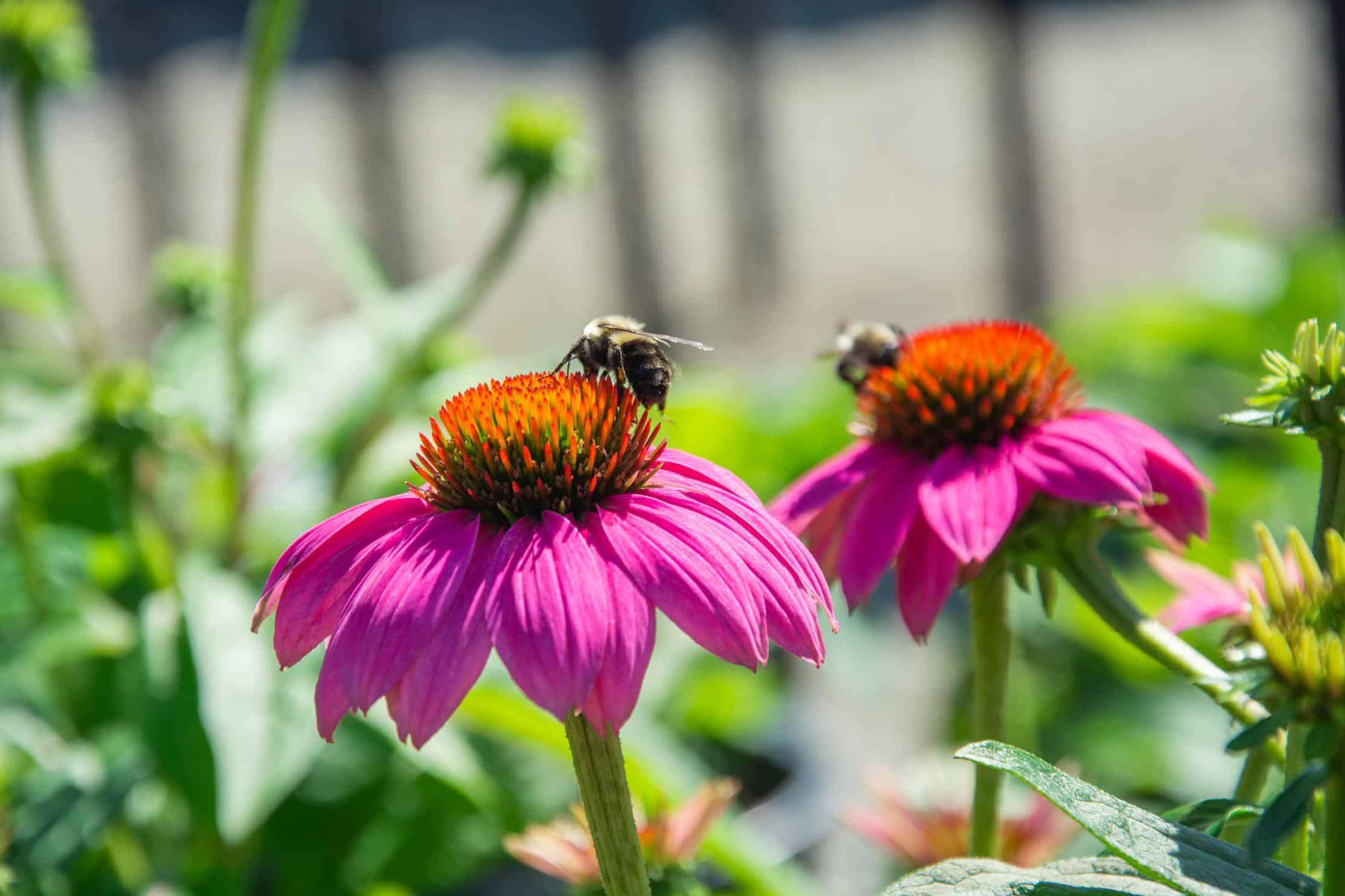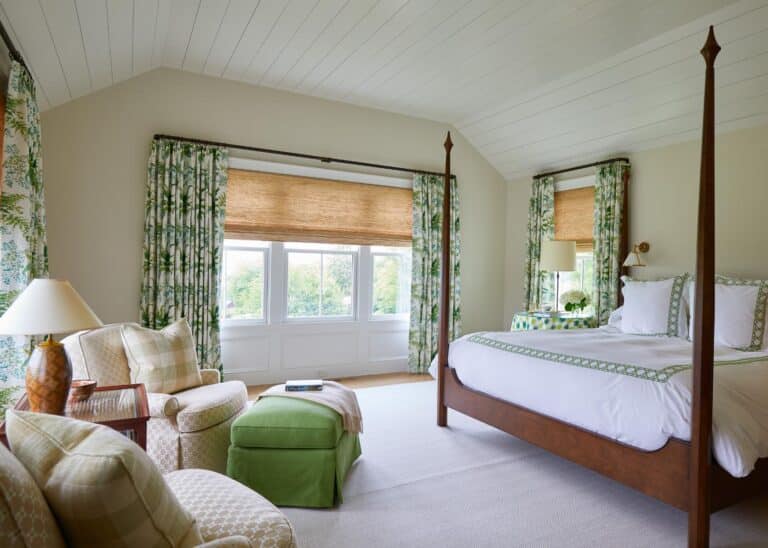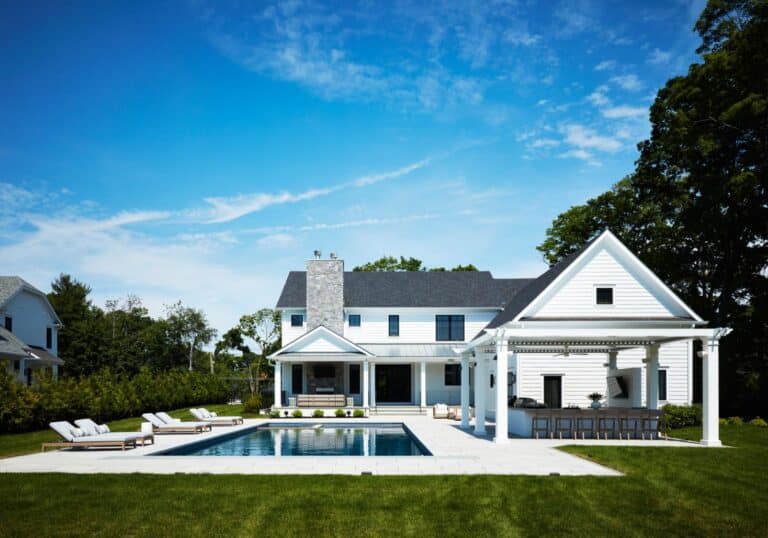Scientists say bees and butterflies of all species are some of our eco-system’s most vital contributors, but you don’t have to be a beekeeper to encourage the local pollinator population to keep thriving. Matt Troy, landscape designer with Hoffman Landscapes, has more than 30 years of garden industry experience and shares a few tips on how to create a pollinator-friendly habitat right in your own backyard.
1. Reduce Insecticides
Hold off on pesticides and minimize manicured lawn on your property. Instead, opt for wildflowers or native grasses wherever possible.
2. Keep Pollinators Away from Public Spaces
Ease the concerns of your guests with bee allergies when designing your landscaping. Choose people-friendly plants around patios and decks and put pollinator friendly plants at a distance from gathering spaces. One exception is hydrangea, which pollinators are not attracted to because of their robust double and triple petal patterns. Another turnoff to bees: planting red blooms, because red appears black to them, which makes them undesirable.
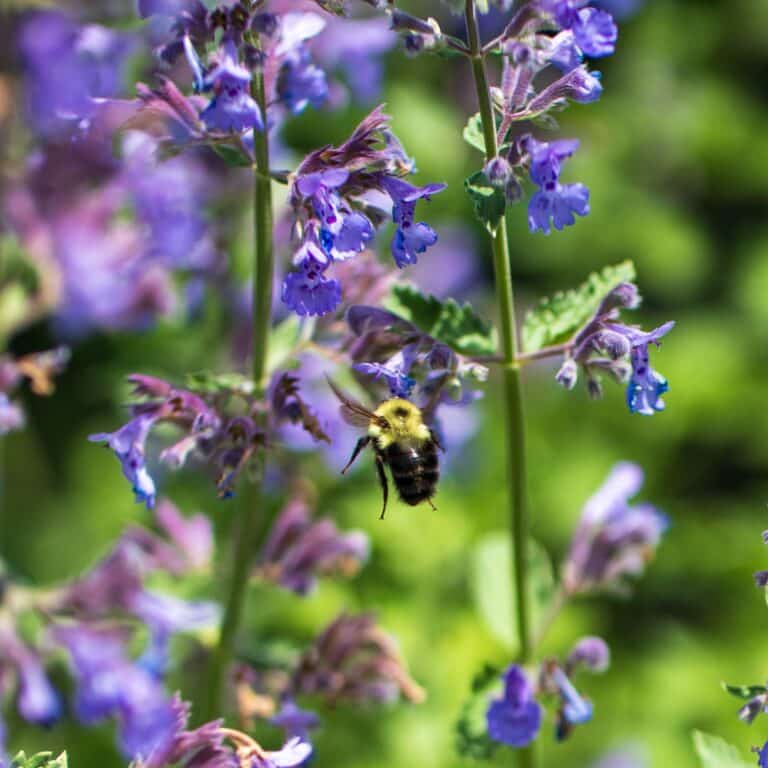
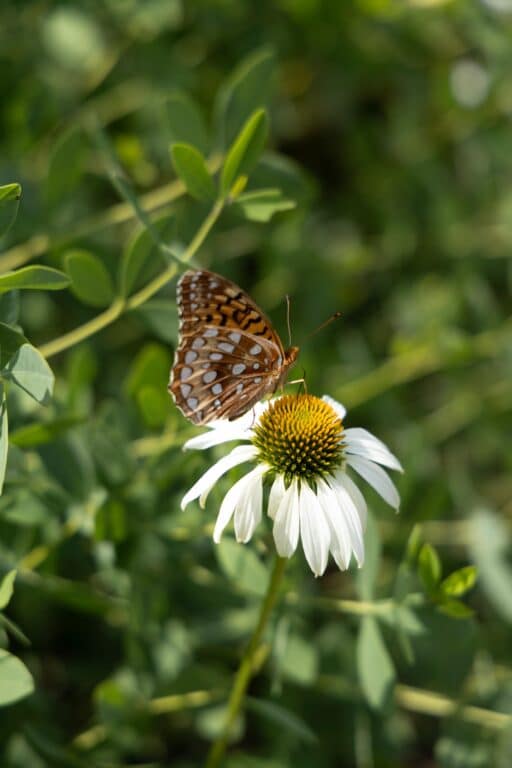
3. Check Your Soil
Take notice of soil conditions and light exposure when selecting plant materials. “For wet heavy soils, you will use wetland qualified pollinators, while dry sandy soils will require plants that will acclimate to those conditions,” says Troy. Asclepias incarnata (swamp milkweed), lysimachia ciliata (fringed loosestrife) and lobelia siphilitica (great blue lobelia) all thrive in wet conditions. For dry areas, try asclepias tuberosa (butterfly weed), monarda didyma (bee balm) and penstemon spp. (beardtongue).
4. Opt for Tried and True
“For a successful garden, choose plants that are found growing in your USDA zone and are of native origin,” says Troy. “Don’t buy plants from Florida to plant them in Connecticut.” Troy recommends solidago species (goldenrod), eupatorium species (Joe-Pye weed)—both native to the region.
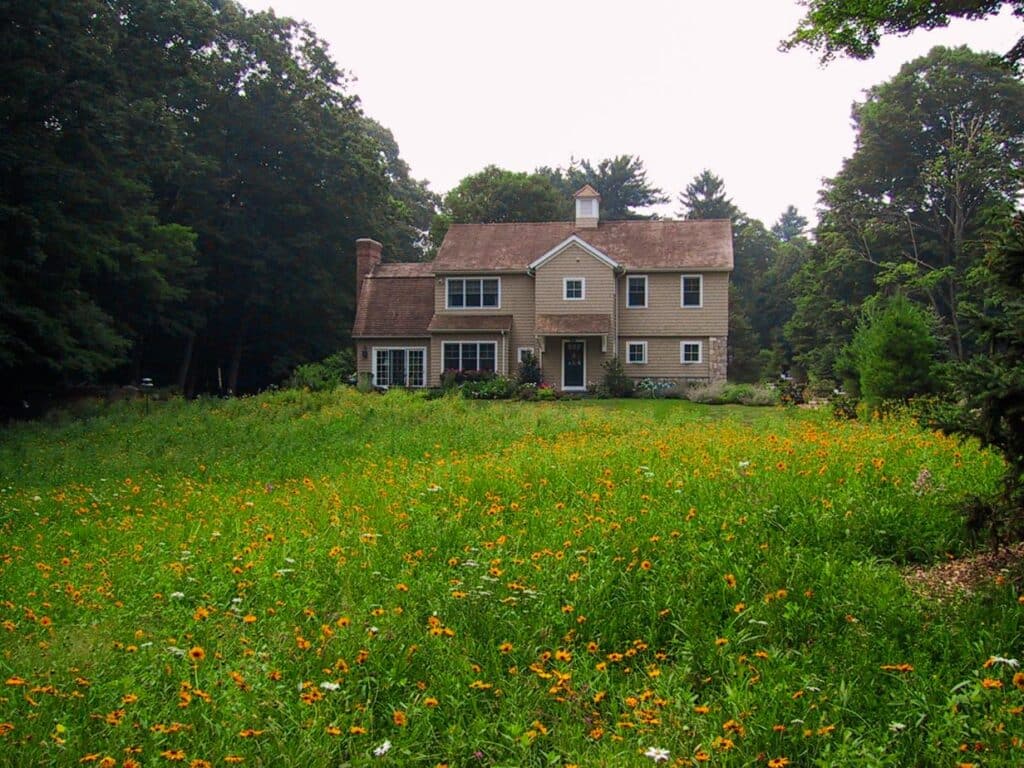
5. Vary Your Plants’ Blooming Seasons
There are seven bloom times between April and October. To keep your garden colorful and welcoming to pollinators all season long, choose at least three varieties for each of the seven bloom times, advises Troy. “This should get you a consistent bloom throughout the year,” he says. But if some don’t flower, that’s OK. “There are some plants that don’t bloom but provide protection and a food source for pollinators as well.” For example, he says, ryegrass provides protection and a place for pollinators to build a nest. Butterfly larvae are also often seen nesting on parsley.

